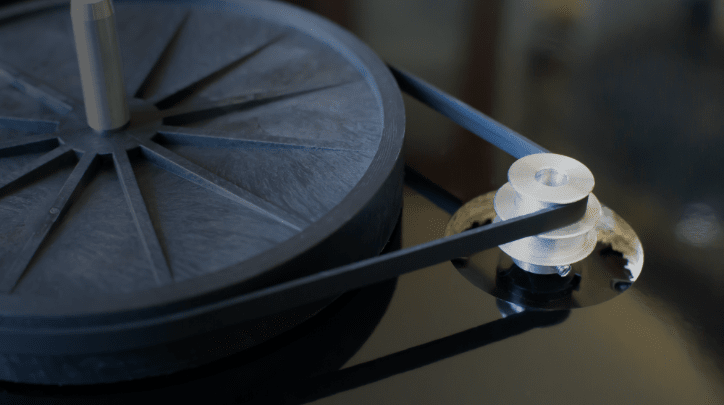Ron Fitch, WQ6X, has been enjoying the suggestions we’ve shared from Workbench readers about items to keep in your “go box.”
He says the ideas are useful for radio amateurs too, and he put together a WQ6X Contest Blog on the topic. Suggestions include a rugged LED flashlight, tweezers, a pen, a hemostat, a soft-bristle brush, miniature straight- and Phillips-blade screwdrivers, a measuring tape or ruler, and — especially for those of us over 50 — that all-important magnifying glass. Great ideas, all!
See Ron’s post here.

Speaking of useful tools
Knipex Tools — “the company behind the pliers” — offers a compact tool that combines pliers and a wrench, called the Knipex Pliers Wrench XS.
It is only 4 inches long and has a jaw capacity of 3/4-inch. Its smooth jaws make the tool suitable for gripping, pressing or bending, without marring surfaces. You can adjust the tool with one hand, and the size permits easy access to confined areas. Texturized handles provide a solid grip.
Watch a 90-second video showing the Pliers Wrench XS in action below. It manages to make pliers seem sexy.
Dan’s turntable source site
With vinyl making a return at many stations, frequent contributor and fellow engineer Dan Slentz discovered a useful site for engineers who need to maintain turntables in their facilities.
The site offers stylii, cartridges, belts, even turntables, tonearms and preamps. The company is in Las Vegas, not far from the Strip, so maybe add it to your next NAB venture.

Ferrules rule!
BBN’s Roy Becker, whom we mentioned in July, isn’t the only engineer who is a fan of using wire ferrules.
Rolf Taylor has been using these for some time and loves them. (He tells us that the British call them bootlace terminals.)

For less than $20 Rolf bought a set that included an assortment of terminal sizes as well as a crimper. No more shorted adjacent terminals on high-density terminal strips.
Rolf also suggests you get some ferrules that are designed to hold two wires. These can be a bit harder to locate than the standard version. Rolf got his from www.aliexpress.us. Search: PinkCloud Store.

Cheat the dB system
Frank and Dave Hertel are principals in the consulting firm Newman-Kees RF Measurement & Engineering in Evansville, Ind.
Frank writes that he tends to remember the basic numbers and pattern of the voltage and power steps when it comes to calculating decibels. So when he’s working in the field, he’s able to come up with approximate dB answers without a calculator.
However, when you need a more accurate answer and you don’t have a calculator, you can pull this Decibel Cheater Chart from your billfold and calculate the answer quickly.

The key to resolving the answer in your head is to become familiar with the repeating sequence of numbers in the chart. Notice the repeating steps and remember the sequence.
Even if you cannot recall the entire sequence, remember the following and you will derive an approximate answer:
Every time you double the power (or cut the power in half), that is equal to a 3 dB change in power.
Every time you double the voltage (or cut the voltage in half), that is equal to a 6 dB change in voltage.
Workbench submissions are encouraged and qualify for SBE recertification credit. Email [email protected].






